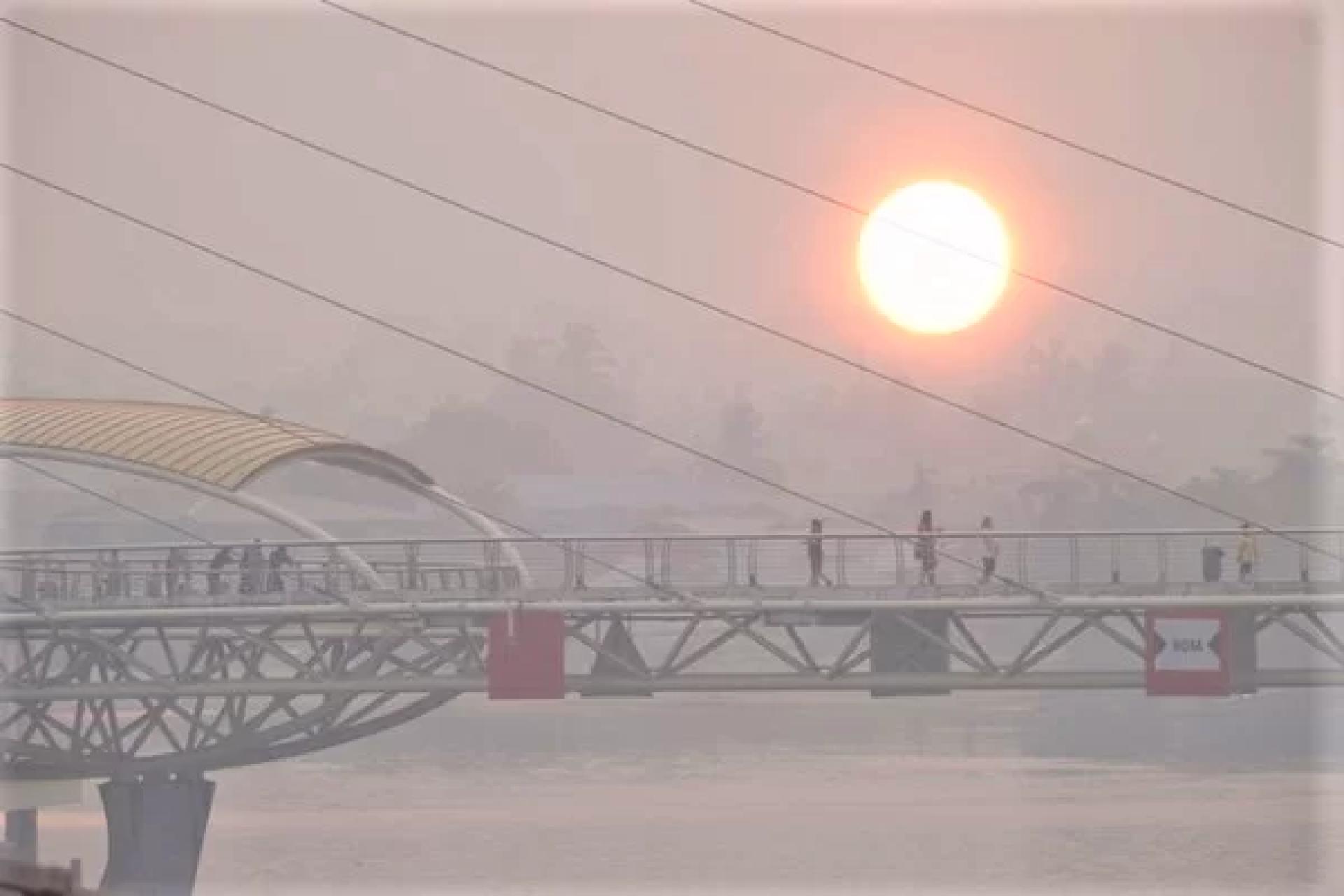KUCHING: Air quality in Lundu deteriorated to an unhealthy level this morning, with the Air Pollutant Index (API) recording a reading of 125 at 8 am.
Natural Resources and Environment Board (NREB) Sarawak in their website said all other monitored locations across the state remained at moderate levels.
However, readings in Kuching (94), Sri Aman (91), and Mukah (90) were trending upwards and nearing the unhealthy threshold.
API readings of between 51 and 100 are classified as moderate, while those between 101 and 200 fall under the unhealthy category.
The Asean Specialised Meteorological Centre (ASMC) has forecasted further deterioration in Sarawak’s air quality, attributing it to widespread open burning near the Sarawak-Kalimantan Barat border, particularly around Lundu.
Satellite imagery from ASMC showed hotspots emerging across various parts of Sarawak over the past week, especially in the western and central regions.
Significant clusters were detected in Kuching, Samarahan, Sri Aman, and Betong divisions, with additional hotspots found south of Sibu and near Kapit.
Smaller hotspots were also spotted near Mukah and northeast of Bintulu.
ASMC’s latest update on its website noted that dry weather continues to persist over southern Asean, including Sarawak, with scattered hotspots observed in Kalimantan and fewer in Sarawak and Sumatra.
However, readings in Kuching (94), Sri Aman (91), and Mukah (90) were trending upwards and nearing the unhealthy threshold.
API readings of between 51 and 100 are classified as moderate, while those between 101 and 200 fall under the unhealthy category.
The Asean Specialised Meteorological Centre (ASMC) has forecasted further deterioration in Sarawak’s air quality, attributing it to widespread open burning near the Sarawak-Kalimantan Barat border, particularly around Lundu.
Satellite imagery from ASMC showed hotspots emerging across various parts of Sarawak over the past week, especially in the western and central regions.
Significant clusters were detected in Kuching, Samarahan, Sri Aman, and Betong divisions, with additional hotspots found south of Sibu and near Kapit.
Smaller hotspots were also spotted near Mukah and northeast of Bintulu.
ASMC’s latest update on its website noted that dry weather continues to persist over southern Asean, including Sarawak, with scattered hotspots observed in Kalimantan and fewer in Sarawak and Sumatra.
